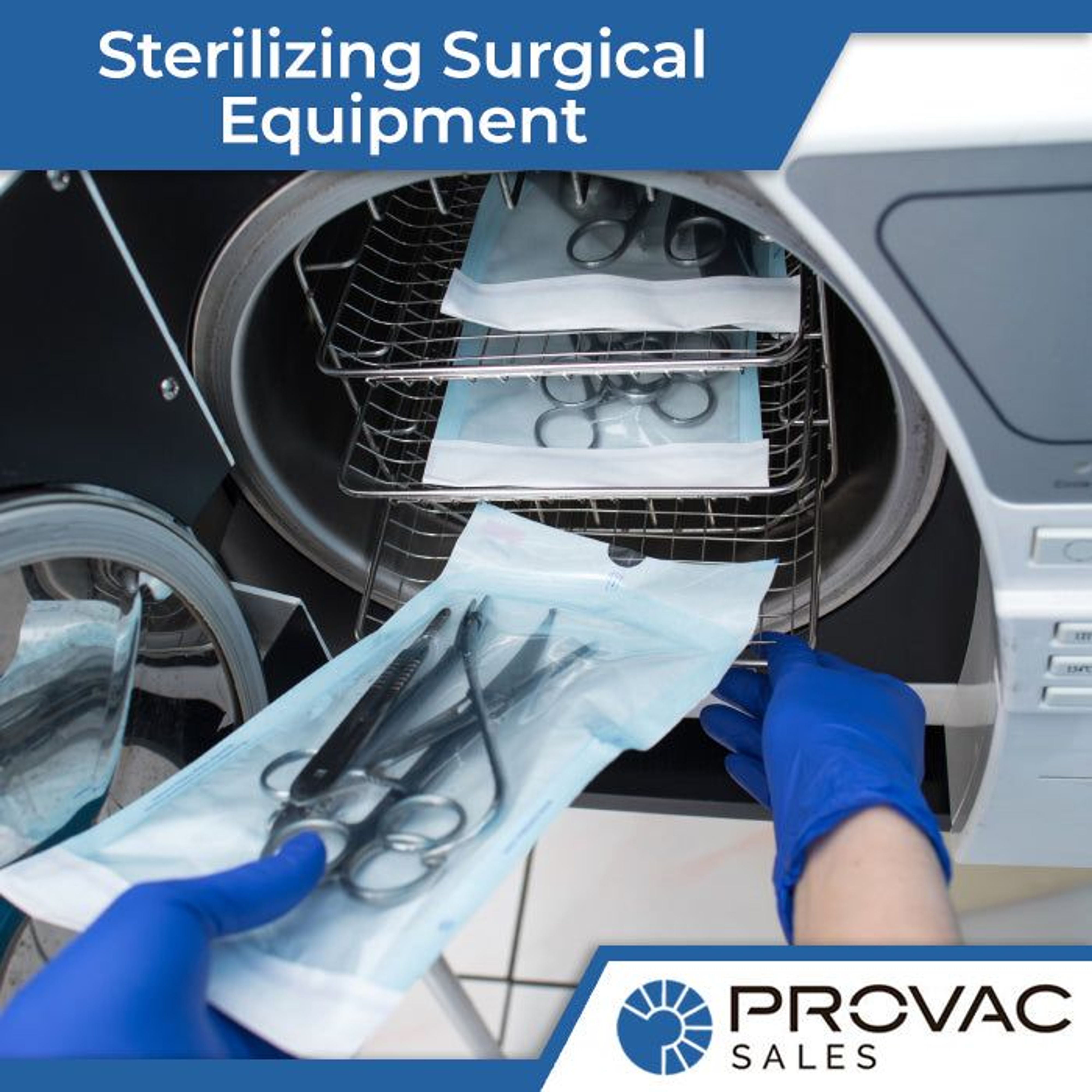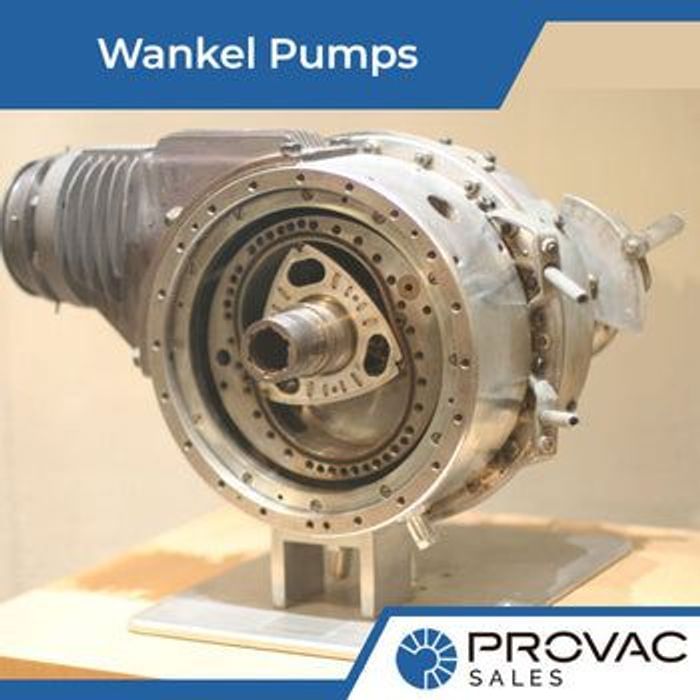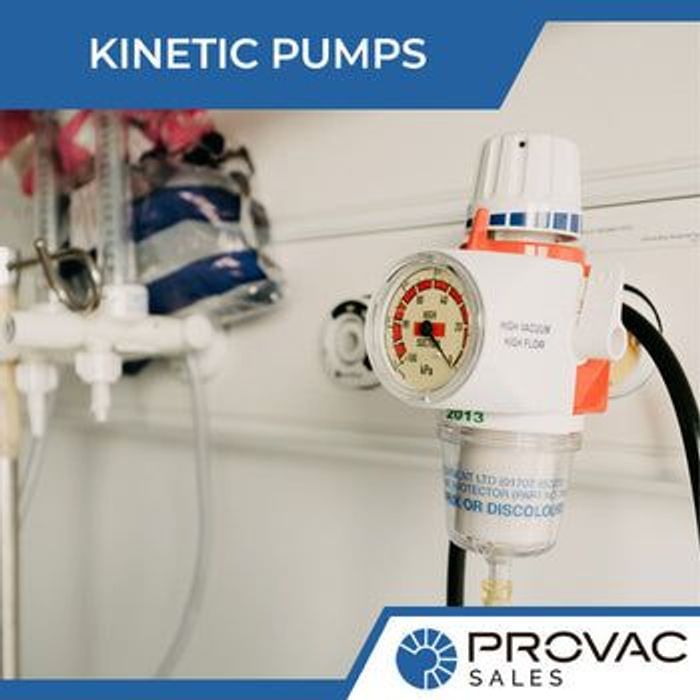Surgical equipment must be kept sterile as it goes into the body. There are three distinctions when it comes to cleaning these devices. First is cleaning the equipment to remove foreign objects like dust, dirt, and debris. Cleaning equipment is an important preliminary step before disinfection. Disinfecting an object removes most of the pathogens that may be on it. All that's left on it may be bacterial spores. Sterilization is the final step and this is done on surgical equipment before surgery can take place. This process removes all forms of microbial life from the device, including everything from viruses, spores, fungi, and bacteria.
Knowing the difference between cleaning and sterilization is important before any procedure can be performed. Without proper sterilization, certain diseases can be spread from surgery. Using unsterilized equipment can cause the patient to experience increasing redness, pain, and itching at the incision site. This can lead to an infected wound, which would require antibiotics.
How to Sterilize Equipment
It's important to sterilize any equipment that might come into contact with the skin. Vane pumps are used for sterilization in the packaging process of all global medical device company products. They're vacuum-sealed to protect tools and instruments, thus keeping them sterilized and safe for use once they've arrived at the hospital.
Once a piece of equipment is used, it needs to be sterilized again. Here's the process most surgeons use for sterilizing medical equipment:
- Steam Sterilization - The most commonly used option since it is as cheap as it is safe. Steam is used to sterilize the piece of medical equipment in autoclaves. Intense pressure is created by the steam, thus destroying all the microorganisms on it
- Dry Heat Sterilization - Requires high temperatures (around 340°F), and an extensively long amount of time. Because it requires such a hot temperature, many materials that are notwithstanding a high amount of heat cannot be sterilized with this method
- Chemical Sterilization - Certain chemicals can properly sterilize a piece of equipment for use, such as Ozone, Ethylene Oxide, Bleach, and Hydrogen Peroxide. The piece of equipment is either whipped down or submerged in the chemical to cause sterilization of the exterior
Vacuum pumps can assist in the sterilization process by lowering the boiling point of water, creating steam quicker than utilizing heat only.
Why it's so Important
The most common consequence of not having sterilized equipment is infection. However, it is critical for the health of the equipment as well. The patient isn't the only thing that suffers when an instrument isn't being properly taken care of. A decreased pathogenic load can occur, which is the number of non-sterilized bacteria living on the surface of the piece of equipment. Corrosion can take place on highly expensive pieces of equipment. Every time equipment is sterilized, it removes a breeding ground of bacteria which can spread quickly.
It's Time to Keep Sterilizing
Keeping equipment sterile is highly important for the next patient. It also keeps equipment safe from corrosion. Loss of license as a nurse or physician can occur when not using freshly sterilized equipment. Without proper attention, patients can be sent home with deadly infections that could possibly spread to others, or lead to amputation or even death.
Remember that quality, vacuum-packed tools can be acquired through global medical device companies. They're sealed, sterile, ready for use, and they’re also able to withstand the sterilization process. Using them over and over again should not be an issue. The most important takeaway is understanding the difference between clean and sterile. This difference costs lives worldwide. Cleans objects still carry bacteria while sterile ones do not.





